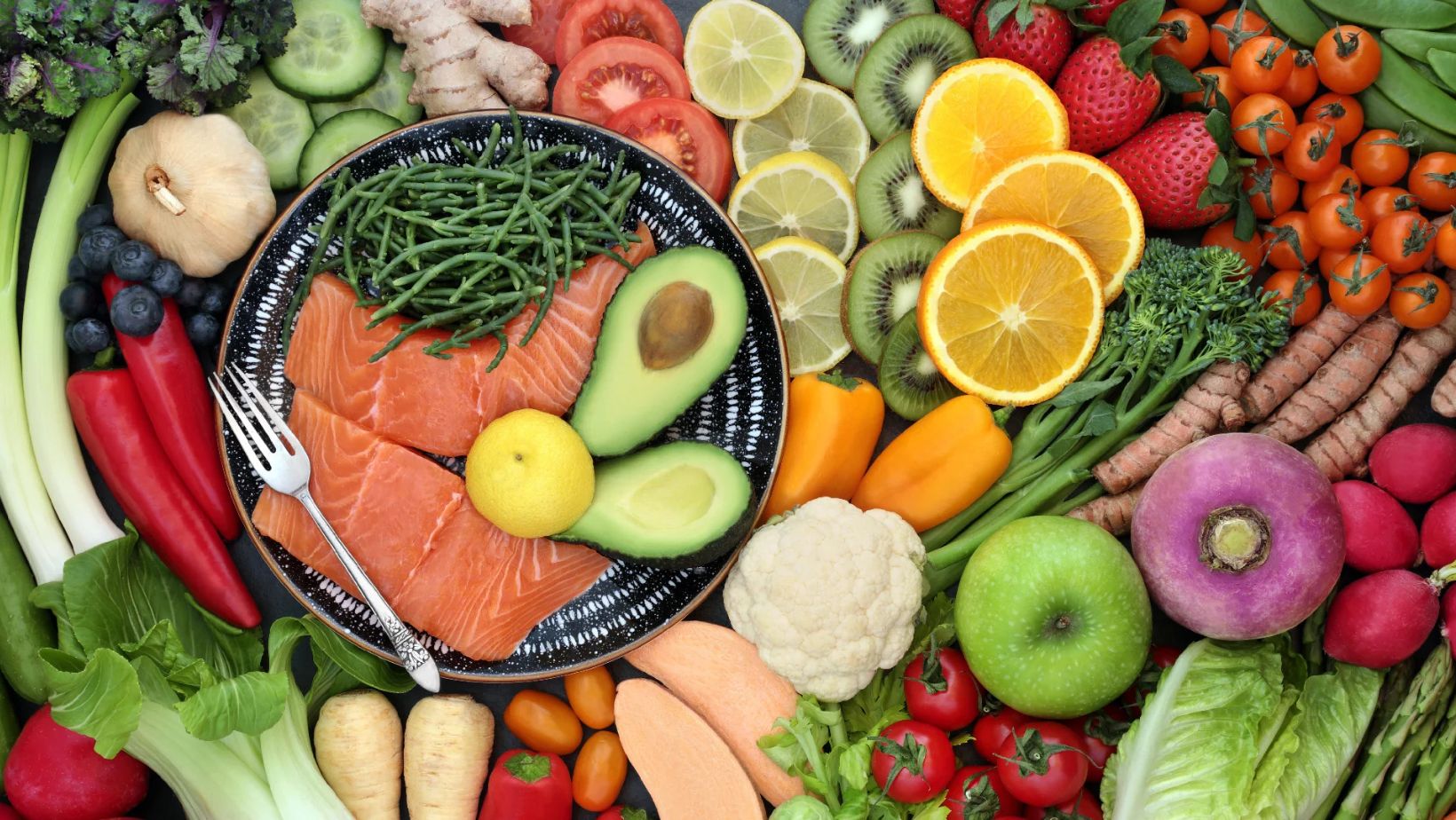“Get radiant skin!” “Banish pimples!” “Glow from the inside out!” These promises are plastered across ads and Google search results when looking for diet solutions to improve skin health. But is there any scientific truth behind claims that chocolate, dairy, or junk food cause breakouts?
Research on the link between diet and skin health dates back to the 1930s, when dermatology textbooks recommended cutting out sweets and carbohydrates to manage acne. However, these early claims were based on anecdotal evidence rather than rigorous scientific studies. Decades later, researchers have uncovered mixed results, leaving many questions unanswered about how much our diet truly impacts our complexion.
The Chocolate Debate

Chocolate has long been considered an acne trigger, but studies offer conflicting evidence. A 1969 study found no significant increase in breakouts among participants who consumed high doses of chocolate daily compared to those eating chocolate-free bars. Similarly, a 1971 study involving common acne triggers like milk, peanuts, and soft drinks found no direct link between chocolate and acne.
However, these early studies were flawed—the Chocolate Manufacturers Association funded one, and neither accounted for participants’ overall diet. In contrast, more recent research suggests a potential link. A 2011 study of ten men found that consuming pure chocolate (100% cocoa) increased acne severity, with breakouts occurring four to seven days after ingestion.
Despite these findings, experts agree that the evidence is inconclusive. While chocolate might affect some individuals, clear recommendations cannot be made.
The Role of Glycaemic Load, Diet and Skin Health

Modern research has shifted its focus to the role of glycaemic load (GL) in managing acne. High-GL foods, which include processed carbs like candy, chips, and white bread, cause blood glucose levels to spike, triggering a higher insulin response. This, in turn, increases insulin-like growth factor (IGF), a hormone linked to acne development.
In a 2008 randomized controlled trial, young men with acne who followed a low-GL diet for 12 weeks saw significant skin improvements. They substituted high-GI foods like potatoes and white bread with low-GI options like whole grains, fruits, and lean proteins. Another trial in 2007 produced similar results. However, participants in both studies also lost weight, leaving researchers to wonder whether weight loss, rather than diet, contributed to the improvement.
Fruits, Vegetables, and a Natural Glow Diet

Fruits and vegetables are known for their health benefits, but research suggests they may also enhance skin tone. These foods are rich in carotenoids, pigments that give produce like carrots, tomatoes, and spinach their vibrant colors. When consumed, carotenoids accumulate in the skin, giving it a healthy yellow and red tint.
Interestingly, supplements don’t have the same effect; making a diet rich in fruits and vegetables is the best way to achieve that natural glow.
The Milk Controversy

Milk has also been implicated as a possible acne trigger, particularly skim milk. Studies involving thousands of participants have observed a correlation between milk consumption and acne. For example, a 2005 study of 50,000 women found that those who drank more milk as teenagers were more likely to have been diagnosed with severe acne.
Researchers suspect milk’s natural anabolic steroids, growth hormones, and insulin-like growth factors contribute to breakouts. However, no randomized controlled trials have yet been conducted, leaving the unresolved relationship between dairy and acne.

